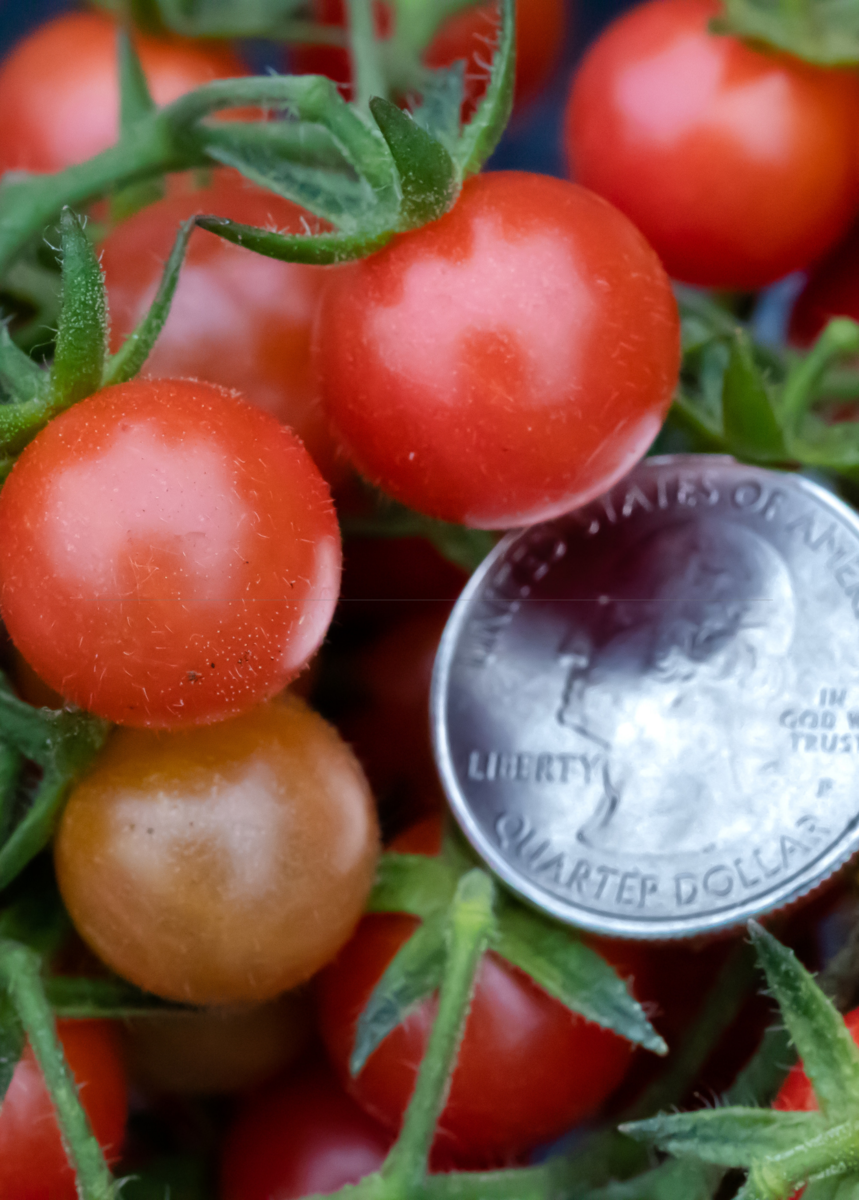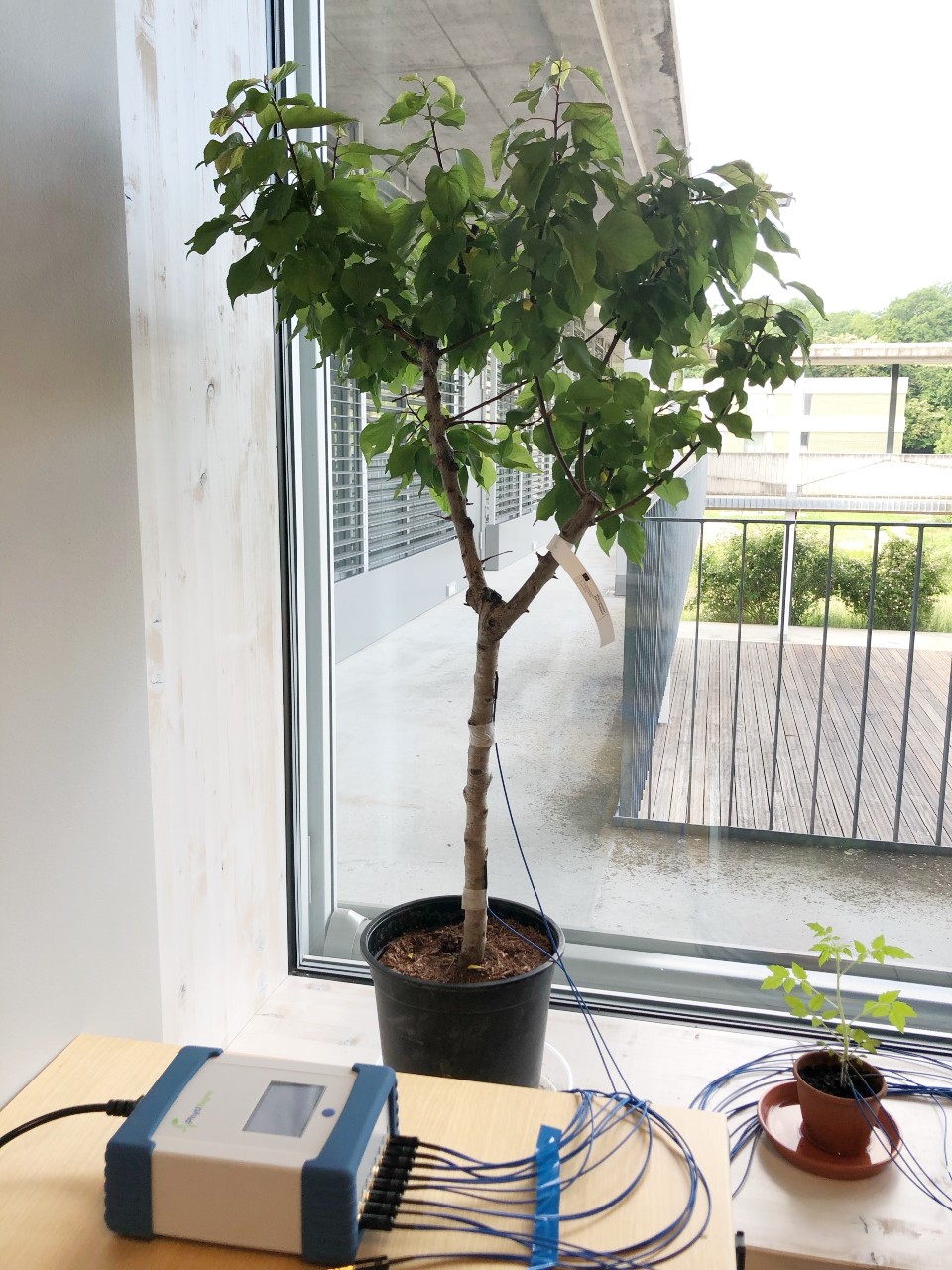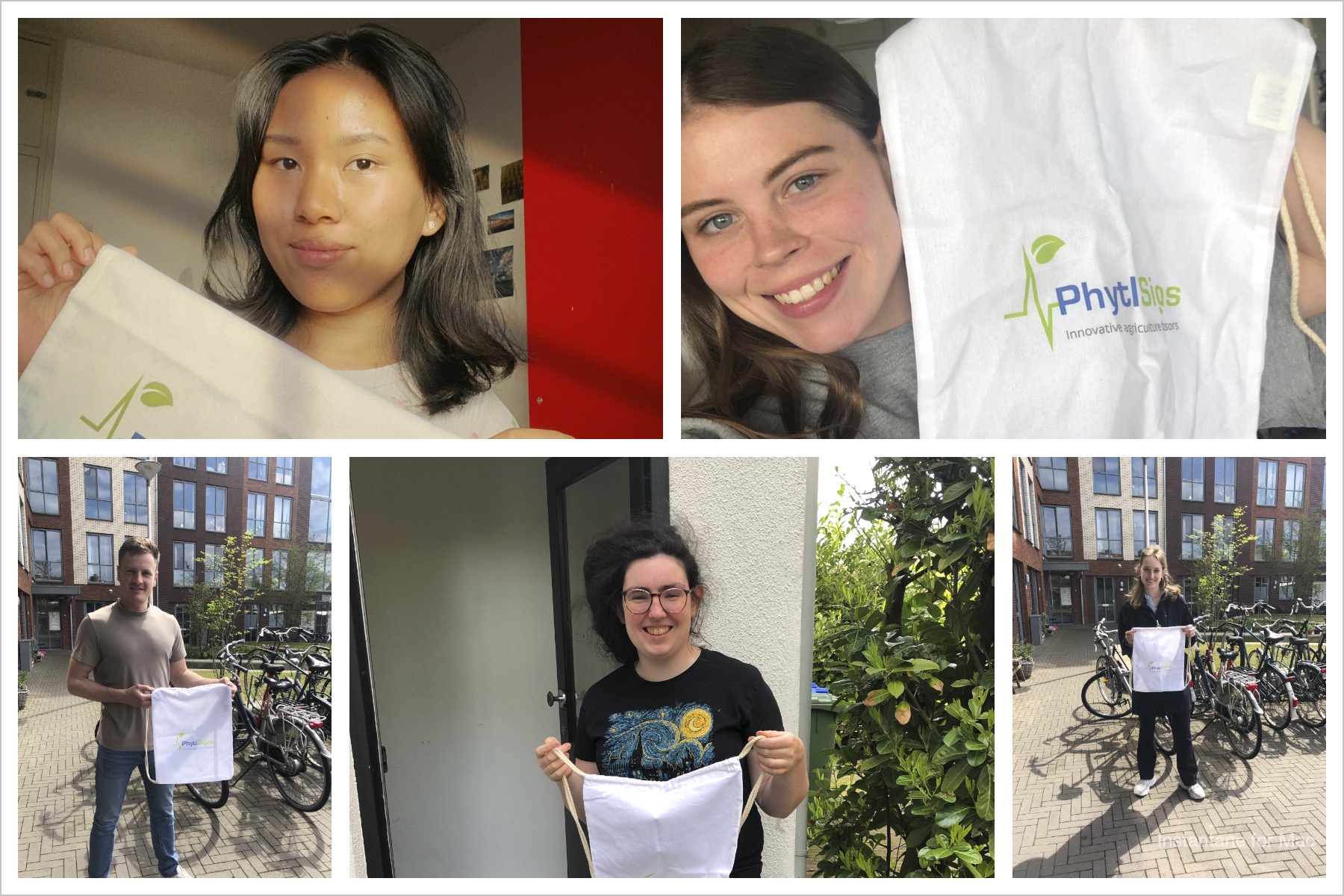
Our 2021 May newsletter focuses on work related to tomatoes – the most important greenhouse crop.
Dutch connections
We are delighted to announce that we have become partners at Tomato World, an information and education centre in the Netherlands, whose aim is to share best practices in sustainable tomato horticulture and provide education and immersive experiences to everyone interested in how our food is grown. We have installed sensors in their state of the art greenhouse dedicated to data driven growing. We are excited to be working alongside some of the most knowledgeable growers in the world. To learn more about Vivent’s work at Tomato World please check out this video.
At Vivent and in collaboration with partners Agroscope, we are conducting research into different tomato varieties and also into how producers can optimise growing conditions using PhytlSigns sensors. It’s an exciting time as we can now see clear benefits for both growers and plant scientists from data driven horticulture. If you are interested in learning more about crop monitoring with PhytlSigns please contact us.
Wild tomatoes
Here in the forests of Suisse Romande, wild garlic and strawberries are both in flower right now. During a hike this weekend Vivent founders, Carrol and Nigel, wondered whether wild tomatoes exist. Turns out they do, but not in Europe. If you want to see wild tomatoes, you need to visit South America.
Apparently, nearly all modern tomatoes descend from a plant called Solanum pimpinellifolium that grows naturally in Peru and Ecuador. Farmers in what is now southern Mexico started cultivating and cross breeding varieties to develop large and tasty fruits. When European explorers like Cortez or Columbus arrived in the Americas, they brought seeds and plants back to Europe where further breeding has delivered the many different and delicious tomato varieties we enjoy today. The original fruits were the size of peas instead of the wide range of sizes we can purchase today.




